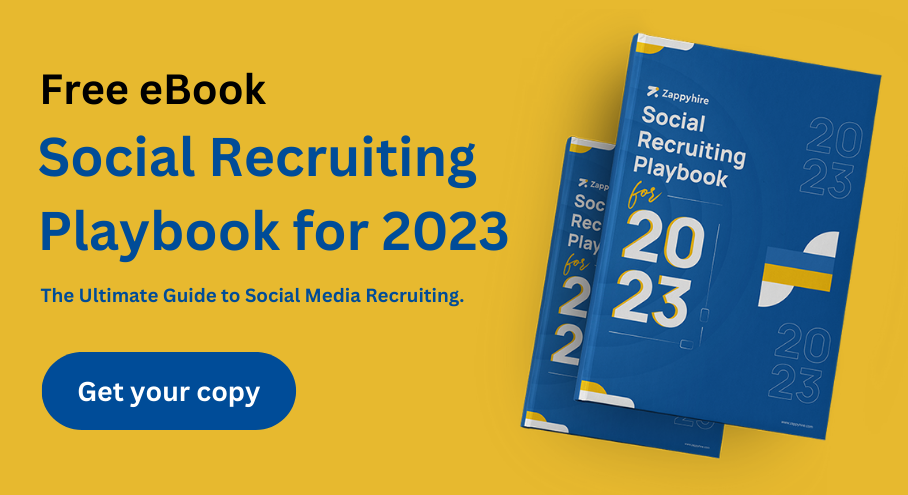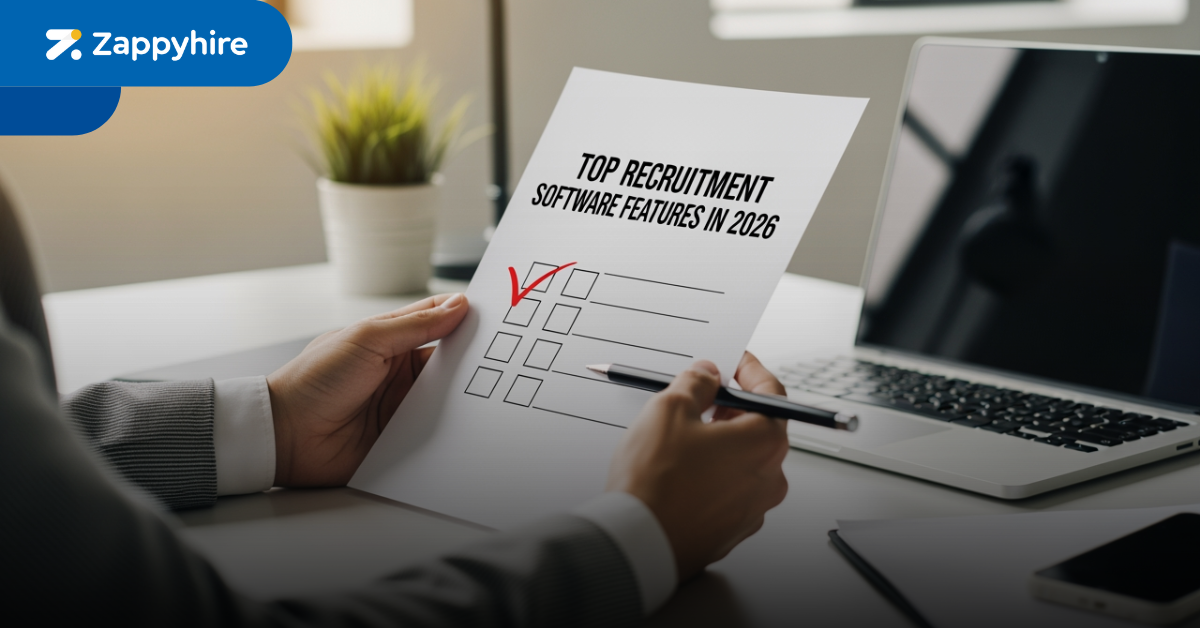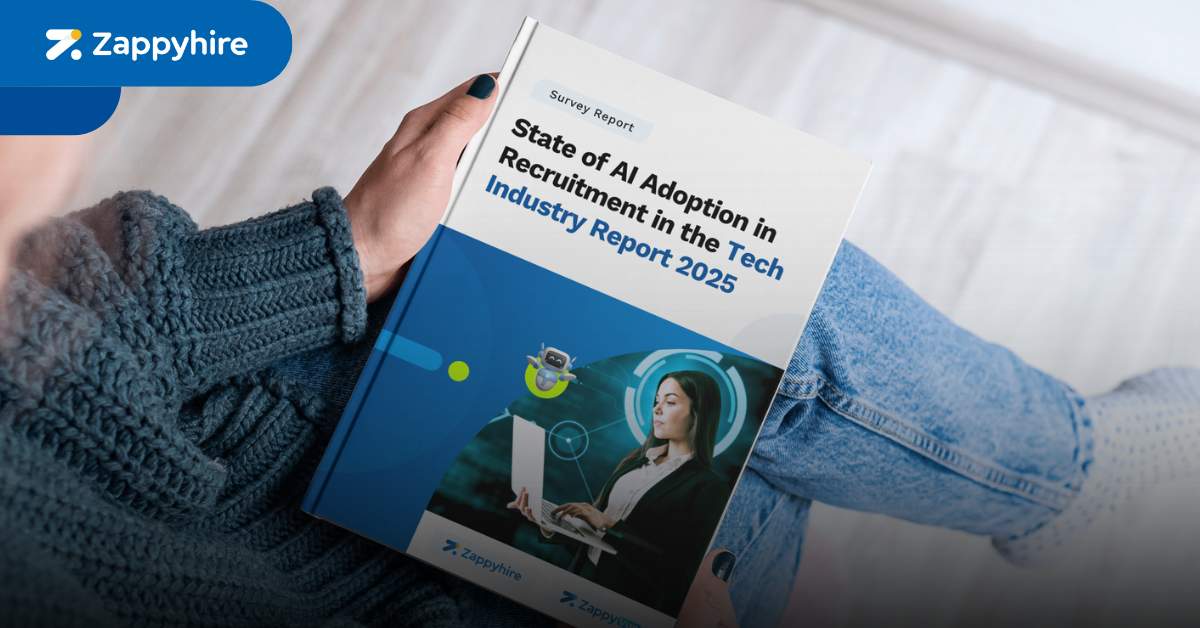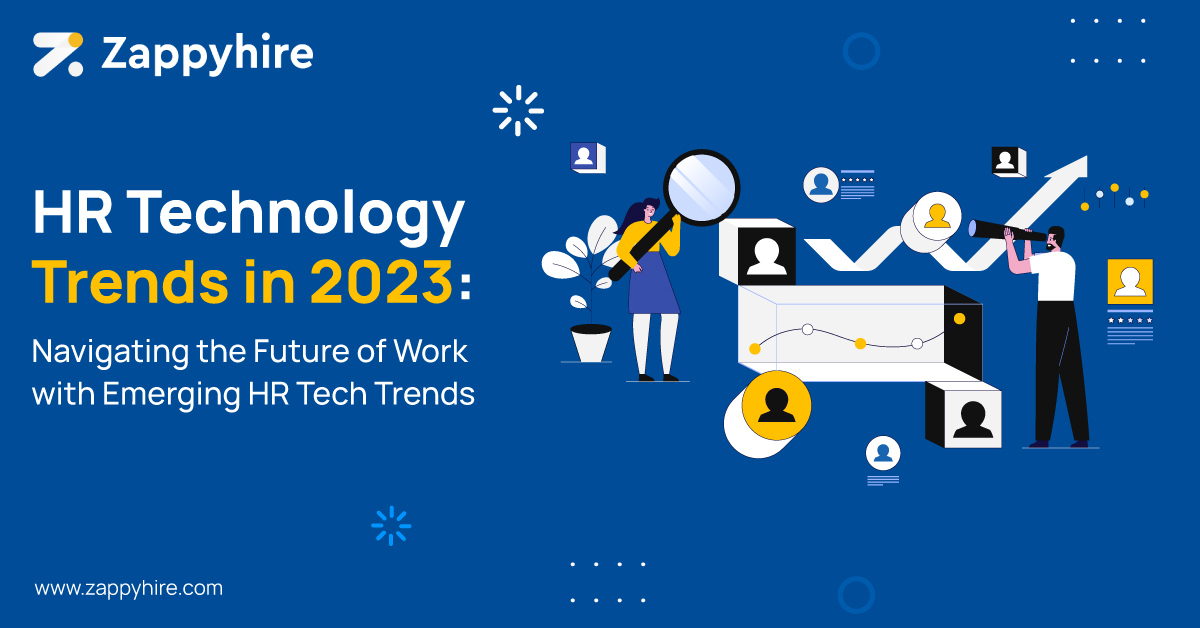
As the world of work continues to evolve, so too do the tools and technologies that support it! HR technology has come a long way in recent years, and it’s important for HR professionals and business leaders to stay up-to-date on the latest developments in order to use them effectively in their organizations. In this blog, we’ll take a look at some of the latest HR technology trends that are not only on the rise in 2023 but will determine the future of work in the decades to come.
Artificial Intelligence and Machine Learning
Artificial intelligence (AI) and machine learning (ML) are increasingly being used in HR to automate repetitive tasks and improve decision-making. For example, AI and ML can be used to analyze resumes and identify the best candidates for a job opening or to predict employee turnover and take preventive action. Additionally, chatbots and other conversational interfaces are expected to become more prevalent in HR as a way to handle routine inquiries and requests, freeing up recruiters’ time to focus on more important tasks and improving the overall employee and candidate experience. To use these technologies effectively, it’s important to have a clear understanding of what they can and cannot do and to set appropriate expectations with your team and stakeholders.
Employee self-service portals
Employee self-service portals are online platforms that allow employees to access and update their own HR information, such as benefits enrollment, leave requests, and pay slips. These portals have been around for a while and can save HR teams a lot of time and effort by reducing the need for manual processes and increasing employee engagement. To get the most out of employee self-service portals, it’s important to make sure they are easy to use and provide the necessary information and resources to employees.
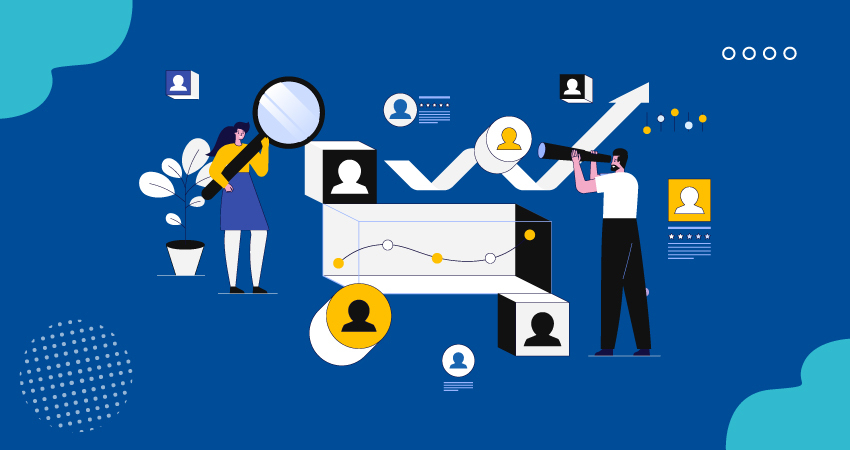
Virtual and remote work tools
The COVID-19 pandemic has accelerated the trend towards virtual and remote work, and HR technology has played a key role in enabling this shift. Virtual meeting and collaboration tools, such as Zoom and Slack, have made it easier for teams to communicate and work together remotely. To use these tools effectively, it’s important to establish clear guidelines and expectations for communication and collaboration and to provide the necessary support and resources for employees to work effectively from home.
Mobile HR apps
Speaking of a shift in work habits and methods, it is important to facilitate mobile HR apps, as they allow employees to access HR information and resources on the go, using their smartphones or tablets. These apps can be used for a wide range of purposes, including time tracking, benefits enrollment, and performance evaluations. To use mobile HR apps effectively, it’s important to consider the needs and preferences of your employees and to ensure that the app is user-friendly and provides value to them.
Talent management systems
Talent management systems are comprehensive platforms that allow HR teams to manage the entire employee lifecycle, from recruiting and onboarding to performance management and succession planning. These systems can help organizations identify and develop top talent, and can also provide valuable insights into employee engagement, internal mobility, and retention. It’s important to have a clear understanding of your organization’s talent management goals and needs and to ensure that the system is properly configured and implemented.
In conclusion, HR technology can be a powerful tool for improving efficiency, engagement, and performance in your organization. By staying up-to-date on the latest trends and using them effectively, HR professionals can drive positive outcomes for their teams and stakeholders.
Cloud-based HR systems
Cloud-based HR systems are HR platforms that are hosted on the cloud and accessed via the internet, rather than being installed on local servers. These systems offer many benefits, including lower upfront costs, ease of deployment, greater accessibility, scalability, and flexibility. To get the most out of cloud-based HR systems, it’s important to carefully evaluate the security and privacy measures in place and ensure that they meet the needs of your organization.
Gamification
Gamification involves using game design principles and techniques to engage and motivate employees or candidates in non-game contexts. It is usually used to drive employee learning, development, and engagement. For example, an HR gamification platform might use points, badges, and leaderboards to encourage employees to participate in training or complete performance reviews. Furthermore, leveraging gamification with simulated workplace environments in the assessment of candidates can provide an array of benefits!
Predictive analytics
Predictive analytics involves using data and statistical algorithms to forecast future events or outcomes. It can be used to identify trends and patterns in employee data, such as turnover or engagement, and take proactive action to address them. It can also be used in the recruitment process to To use predictive analytics effectively, it’s important to have a clear understanding of what data is relevant and how it can be used to inform decision-making, and to ensure that the data is accurate and up-to-date.
Virtual reality and augmented reality
Virtual reality (VR) and augmented reality (AR) are technologies that allow users to experience and interact with digital environments and content in an immersive way. In recruiting and the workplace, VR and AR can be used for candidate assessment, training, onboarding, and employee development. For example, a VR training program might allow employees to practice skills in a simulated environment, while an AR app might provide real-time guidance and feedback on a task. To use VR and AR effectively, it’s important to consider the goals and objectives of the application and ensure that the technology is appropriate, user-friendly, and caters to your specific niche.
Social media integration
Social media platforms, such as LinkedIn, Facebook, and Twitter, can be powerful tools for HR professionals to connect with potential candidates, build brand awareness, and engage with employees. Many HR systems now offer social media integration, allowing HR teams to access and manage their social media presence directly from the platform; recruiters can also post their job openings to multiple social media platforms with a single click. To use social media effectively in HR, it’s important to have a clear social media strategy and to ensure that the content and messaging align with your HR goals, overall marketing strategy, and brand.
Recommended Reading
10 Features to Look for Before Opting a Recruiting Software in 2023
And so,
HR technology continues to be a rapidly evolving field, and staying up-to-date on the latest trends is essential for HR professionals and business leaders looking to use these tools effectively in their organizations. From AI and machine learning to virtual and remote work tools and mobile HR apps, these technologies are revolutionizing the way we work and offering new opportunities for improving efficiency, engagement, and performance. As we move into the future, it will be important to stay on top of these trends and to consider how they can be effectively integrated into your organization to drive positive outcomes for your team and stakeholders.

